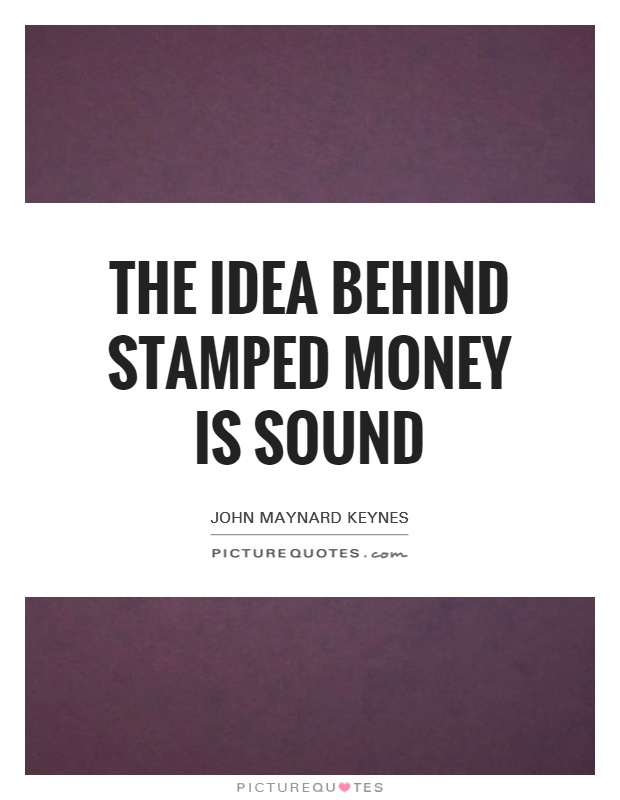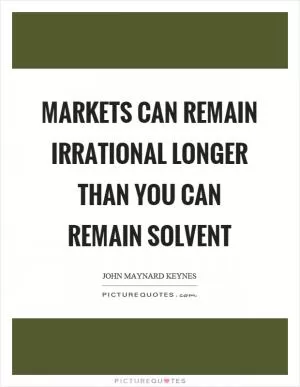The idea behind stamped money is sound

The idea behind stamped money is sound
The idea behind stamped money, as proposed by economist John Maynard Keynes, is indeed sound and has the potential to revolutionize the way we think about monetary policy and economic stability. Keynes, a prominent figure in the field of economics, is best known for his theories on government intervention in the economy to promote growth and stability. Stamped money is one of his lesser-known ideas, but one that has gained renewed interest in recent years.The concept of stamped money is simple yet powerful. It involves the government issuing currency that is only valid for a limited period of time, after which it must be exchanged for new currency with a fresh stamp. This would effectively create a built-in expiration date for money, encouraging people to spend and invest rather than hoard it. By incentivizing spending, stamped money could help stimulate economic activity and boost growth.
One of the key benefits of stamped money is its potential to combat deflation. In times of economic downturn, people tend to hold onto their money rather than spend it, leading to a decrease in demand and further exacerbating the downturn. Stamped money would encourage people to put their money back into circulation, helping to stimulate demand and kickstart the economy.
Additionally, stamped money could help address income inequality by redistributing wealth more effectively. By encouraging people to spend rather than save, stamped money could help boost the purchasing power of lower-income individuals and reduce the wealth gap.
Critics of stamped money argue that it could lead to inflation if not implemented carefully. However, with proper oversight and regulation, the risks of inflation could be mitigated. In fact, some economists argue that a controlled level of inflation could be beneficial for the economy by encouraging investment and growth.












 Friendship Quotes
Friendship Quotes Love Quotes
Love Quotes Life Quotes
Life Quotes Funny Quotes
Funny Quotes Motivational Quotes
Motivational Quotes Inspirational Quotes
Inspirational Quotes